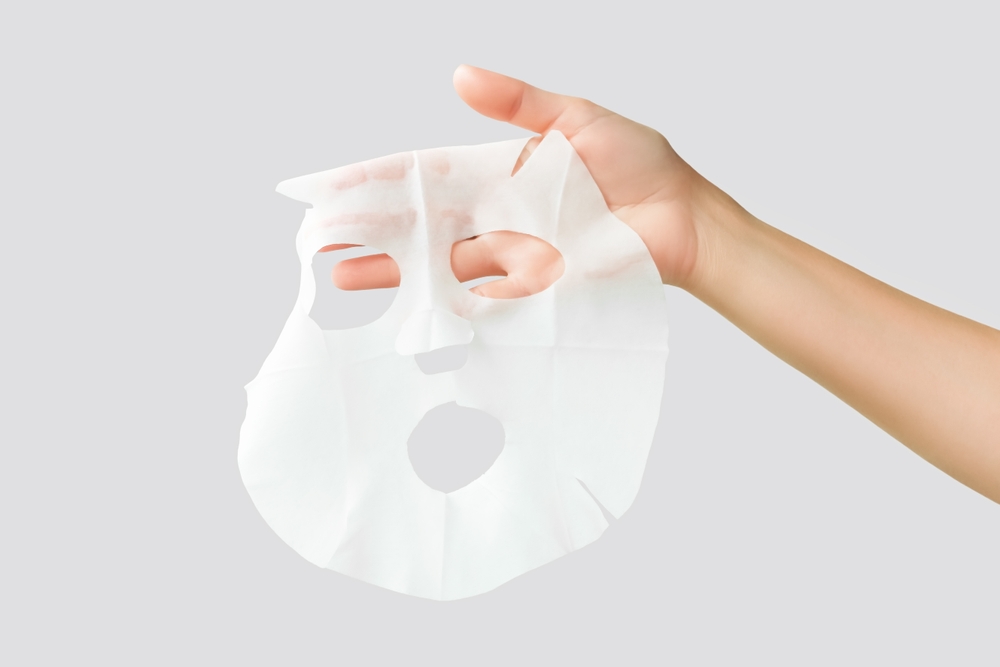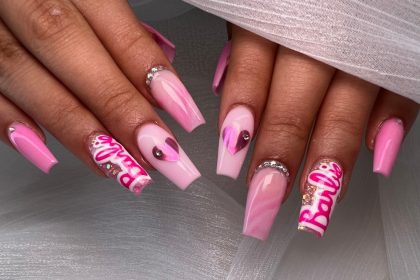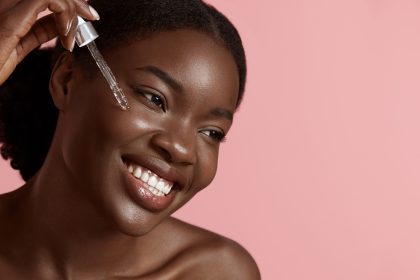Korean overnight collagen masks have surged in popularity among skincare enthusiasts seeking quick solutions for more youthful skin. These treatments promise transformation while you sleep, but separating fact from marketing hype requires closer examination. As these products flood social media feeds and beauty stores, consumers deserve clarity on what science actually supports.
The science behind the trend
What makes these masks different
Unlike traditional face masks meant for brief use, Korean overnight collagen masks are designed for extended wear during sleep. Their formulations typically feature hydrolyzed collagen molecules suspended in hydrating serums or gels. Manufacturers claim this prolonged contact allows deeper penetration of active ingredients while the body undergoes its natural nighttime repair processes.
The fundamental premise relies on collagen’s role as the structural protein responsible for skin firmness and elasticity. As humans age, natural collagen production declines approximately 1% annually after age 20, contributing to visible signs of aging. These masks purportedly address this decline by delivering supplemental collagen directly to the skin.
The absorption question
The central scientific debate surrounding these products involves the skin’s ability to absorb topically applied collagen. Collagen molecules, even in hydrolyzed form, measure between 3,000 and 10,000 daltons—significantly larger than the 500-dalton threshold generally considered the maximum size for effective skin penetration.
Current dermatological research suggests the observed benefits likely result from the masks’ occlusive properties and additional humectants rather than actual collagen incorporation into deeper skin layers, despite manufacturers highlighting studies claiming improved skin hydration and temporary plumping effects.
Benefits beyond the marketing claims
Hydration amplification
The most scientifically validated benefit of overnight collagen masks comes from their impressive hydration capabilities. The combination of humectants like glycerin and hyaluronic acid with occlusive agents creates an environment that prevents transepidermal water loss while drawing moisture into the skin.
This intensive hydration temporarily plumps skin cells, visibly reducing fine lines and creating a smoother appearance that can last 12-24 hours after mask removal. For special occasions or seasonal skin dryness, this effect alone may justify their use.
Barrier reinforcement
Many premium Korean collagen masks incorporate additional ingredients that strengthen the skin’s natural protective barrier. Ceramides, peptides, and certain botanical extracts help repair microscopic damage to this critical defense system, potentially improving overall skin health with consistent use.
When the skin barrier functions optimally, it more effectively retains natural moisture and resists environmental stressors, contributing to healthier appearance regardless of actual collagen supplementation.
Potential drawbacks to consider
Comfort and practicality concerns
The overnight wear concept presents practical challenges for many users. The masks may shift during sleep, potentially transferring product to pillowcases and reducing effective contact time. Some users report difficulty finding comfortable sleeping positions while wearing these treatments.
Sheet-style overnight masks particularly tend to dry out before morning, potentially creating a counterproductive effect where they begin drawing moisture from the skin rather than delivering it. This has led to the increased popularity of sleeping pack formulations that remain moisturizing throughout the night.
Skin sensitivity considerations
Extended contact between skin and active ingredients increases the risk of irritation, especially for those with sensitive complexions or specific ingredient sensitivities. The occlusive nature of these masks may exacerbate these reactions by trapping potential irritants against the skin surface.
Additionally, acne-prone individuals should approach with caution, as the heavy moisturizing components may trigger breakouts in susceptible skin types. Products labeled “non-comedogenic” offer better options for these consumers, though individual responses vary significantly.
Developing a realistic perspective
Setting appropriate expectations
Marketing materials often suggest these products can dramatically reverse aging signs, but dermatological science suggests more modest benefits. Users should expect temporary improvements in hydration, texture, and luminosity rather than structural changes to collagen architecture.
Those seeking more substantial anti-aging results might consider proven interventions like daily sun protection, prescription retinoids, and professional treatments that stimulate natural collagen production through controlled injury mechanisms—approaches consistently supported by dermatological literature.
Complementary approach
Rather than viewing overnight collagen masks as standalone solutions, skincare professionals suggest incorporating them into comprehensive routines. Used once or twice weekly, these masks can supplement daily regimens built around scientifically validated ingredients like vitamin C, peptides, retinoids, and sunscreen.
This complementary approach leverages the masks’ hydration benefits while addressing collagen production through multiple pathways, potentially delivering more satisfying long-term results than masks alone.
Making informed purchasing decisions
Ingredient analysis
When evaluating overnight collagen mask options, prioritize products containing proven hydrating agents like hyaluronic acid, glycerin, and ceramides. These ingredients deliver tangible benefits regardless of collagen absorption limitations. Additional beneficial components include niacinamide for barrier support, peptides for cellular signaling, and antioxidants for environmental protection.
Be wary of products prioritizing exotic ingredients with limited scientific support over these established components. The most effective formulations generally combine proven moisturizers with targeted supplementary ingredients rather than relying on proprietary complexes with minimal research backing.
Price versus performance
Price points for Korean overnight collagen masks vary dramatically, from budget-friendly options under $10 to premium products exceeding $100. Comparative analysis suggests diminishing returns beyond the mid-price range, with differences in packaging and fragrance often accounting for higher costs rather than superior efficacy.
Consumer testing indicates that moderately priced options frequently deliver comparable hydration and temporary plumping effects to their luxury counterparts, making them reasonable starting points for those new to this category.
The verdict
Korean overnight collagen masks offer legitimate benefits for skin hydration, temporary improvement in appearance, and potential barrier support. While they cannot restructure deeper collagen architecture as some marketing suggests, their ability to intensively moisturize makes them valuable additions to comprehensive skincare routines.
Used with realistic expectations and appropriate complementary products, these masks can contribute to healthier, more hydrated skin—even if their benefits fall short of transformative anti-aging claims. For consumers navigating the crowded beauty marketplace, understanding these limitations allows for informed decisions and satisfaction with the actual benefits these popular products can deliver.















